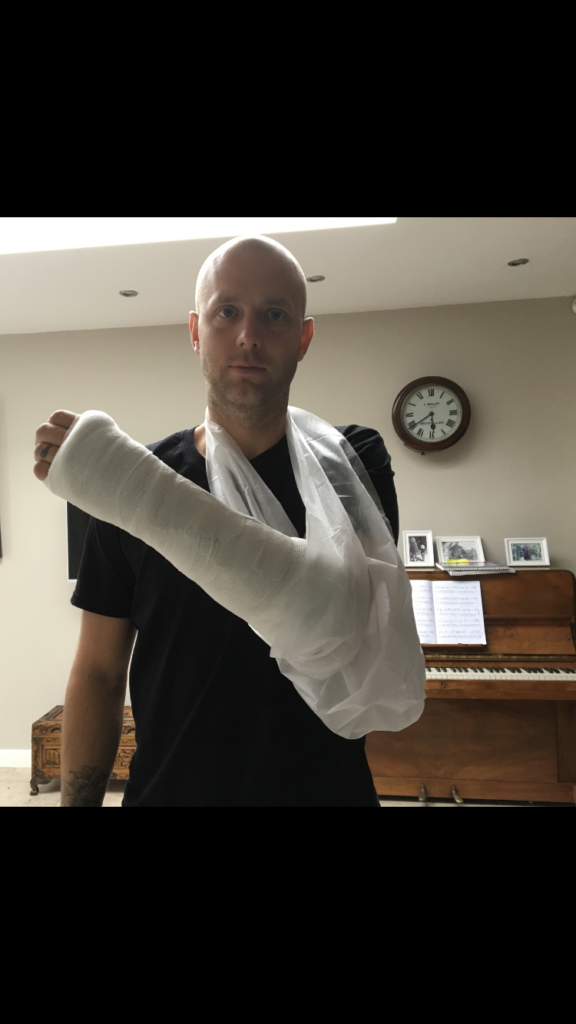
It’s not that! You filthy lot, it’s not as fun as that, hence no one likes doing it.
Its Failure or failing. Damn I am good at that shizza! We could have also used ‘falling’, I will come to that in a bit though.
There are countless famous quotes on failure out there from Edison to Michael Jordan, so I won’t try to come up with my own. In short though, failing is one of the best things you can do. It’s something you should strive to get good at and teach your kids to embrace. It’s tough though, right?
No one likes failing. Failing is the flea bitten, mangy, skinny, unloved mongrel in the corner of the shelter. It’s been there for ever, no one wants to go near it in case it bites them. No one wants to get bitten by failure. Everyone wants to take home the pristine pedigree with the shiny coat. It makes them feel good, walking about with the show dog. Avoiding failure is not the answer though. The pedigree dog looks good (like you sticking to your one thing you are good at), but deep down we know that it’s riddled with genetic weaknesses and problems. Once you have tamed that mongrel and learnt to love it, you are going to end up with a stronger, healthier, fitter beast.
So, we know failure is good for you but sometimes it’s hard to grasp it when you are young, or even when you are a parent. It can be a hard thing to learn or practice. How do you really practice failing? There is, in my humble opinion, one way that is super fun and is a tool that teaches failure like nothing else. Read on and I will tell you, but first let me give you some insight as to why I think my opinion counts.
Yes, this blog is about action and adventure sports, many of which I have competed in or coached/taught in, not at a high level I admit. However, aside from action and adventure sports I have also competed or coached in many other sports such as, Boxing, BJJ, Judo, Karate, Shooting, Rugby, Football and Basketball. I have played around with a lot of others as well. A bit of a ‘Jack of all trades master of none’ but we all know how the rest of that saying goes though don’t we? (It’s included at the end of this post if you don’t!)
So, I have experienced failing at a lot of things, in a lot of different ways with a lot of different people. So anyway, enough banging on, you want to know the best way to learn or teach your kids how to fail, repeatedly in fact, and to embrace it, so here goes.
Contrary to popular belief, and the impression they may like to give, skateboarders are well adjusted pillars of society. Well, ok that may be a bit strong. What is true though is that they have a lot of skills and characteristics that can take you a long way in life. I believe that this is, in part, because they practice failing all day long, day in, day out.
If you want you, or your kids to learn perseverance, determination, courage, humility, teamwork, encouragement, resilience and the value of failing repeatedly and trying again and again until you get it right, take up skateboarding.
Go to any skatepark and watch the skaters down there for a while. There is nothing that teaches failure like falling onto hard concrete, again and again and again!
Nothing that teaches you to pick yourself back up, dust yourself off and try again. To put that last failure behind you and try once more.
Sure, you can participate in other sports and miss a pass, drop a ball, serve out of the box…whatever. Oftentimes you are carried along by a team though. Or you can just slow your serve down to guarantee it stays in. It may be a crap serve, but hey, it’s in, right? Boom, success.
With skateboarding there is generally not the same level of tolerance for error. You either land that 180 kickflip, or you don’t.
A lot of the time in skateboarding failure comes with a physical consequence as well, unlike a lot of other sports.
When you are watching the skaters at your local park next, and you see them repeatedly trying a trick and falling …hard! ask yourself how many times you would be willing to do that. How much determination and resilience have you got? How many failures are too many before you stop to go back to do something more comfortable?
Teamwork is something I mentioned as well, and encouragement. Skateboarding may not be the ultimate team sport of course, but …
I have been stood on the top of a ramp before, bruised and cut, bleeding and tired, having failed again and again.
About to go home when the group of 3 teenagers on the ramp helping me swelled to 10, one more attempt, another failure, now there are 15 kids, now 20 all cheering me, a 42-year-old rubbish skater, encouraging me, shouting instructions, willing me to send it. One more go, the support making the difference. I land the coveted trick…finally. The ‘crowd’ erupt, the sounds of clanging decks on the surface of the ramp bring a smile to my face.
If that’s not teamwork, humility and comradeship I don’t know what is.
In a world where everything is made as comfortable as possible. Where we flatten as many obstacles for our kids or us as we possibly can. We have forgotten how to fail and be comfortable with it
If you want to learn how to fail and better yourself in life, take up skateboarding. Its gonna hurt, but it will be worth it!
https://actionandadventuresportsuk.com/how-to-buy-your-first-skateboard/
‘Jack of all trades master of none, oftentimes better than a master of one’

